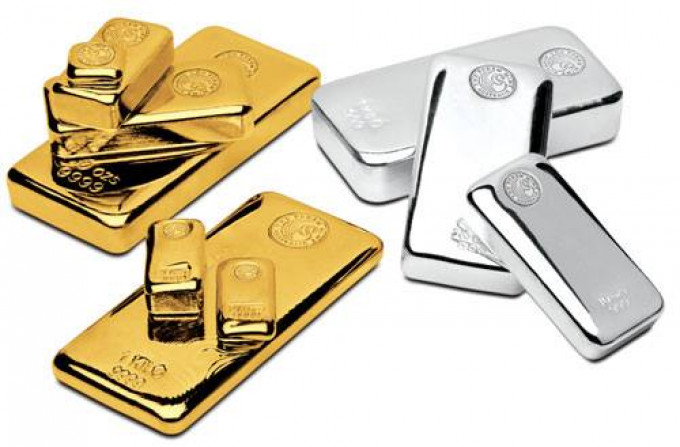On a recent winter weekday at Penn Station Shoe Repair and Shoe Shine, men hop onto shoeshine chairs and pull out newspapers and phones to read while shoeshiners get to work applying polish and elbow grease to loafers, boots and other leather shoes. When finished, these customers hand over $8 in cash at a counter where a sign reads “We’re not God, but we do save soles.”
Shoeshining has a long history in the U.S. In the 1860s, Horatio Alger popularized the “rags-to-riches” American narrative with his book “Ragged Dick” about a shoeshiner (or “bootblack”) who works his way up to wealth. “Shoeshine boys” (and occasional girls) have over the decades been depicted in countless movies and TV shows ranging from classics like Vittorio De Sica’s 1946 “Shoeshine,” to racist caricatures of Black shoeshiners.
Today, the tradition of getting a quick polish from a rag-toting shoeshiner is greatly diminished, and many stands similar to the one in Penn Station have disappeared across the country. The decline has been exacerbated by the pandemic, remote working and the rise in popularity of more casual workwear when people did return to the office. SC Johnson, which makes the biggest shoe polish brand, Kiwi, even said in January that it had stopped selling the brand in the U.K. due to softening demand (they still sell it in the U.S.)
The last time the Census listed shoeshining as a discrete business was 2007, when only 30 establishments were counted. The more-encompassing shoe repair market has declined an estimated 23% between 2013 and 2023 to $307 million, according to market research firm IBISWorld. Shoe polish sales in 2022 totaled 27.3 million units, down 29% compared with 2019, according to figures from Nielsen, a sign of the changes brought on by the pandemic.
Nisan Khaimov, who owns the Penn Station stand, said his stand would shine 80 to 100 shoes each workday before the pandemic. Now it’s between 30 to 50 on Tuesday to Thursday, and even fewer on Mondays and Fridays. Hybrid work is hurting his business.
“Until people come back to work, the problems will not be solved,” said Khaimov, who benefits from commuters traveling in and out of New York City who can’t get their shoes shined where they live. “And it’s not good for landlords and for tenants also like us. So, we’re waiting. But eventually it will go back to normal, we hope. But when we don’t know.”
Rory Heenan, 38, an accountant in Philadelphia, said that as a young boy he would take the train with his father on his way to work one Friday each month and watch him get a shoeshine.
“I would just sit here as a a little guy, you know, observing,” he said. “And here I am, you know, 30 years later, doing the same thing. So, it’s certainly something that’s passed down over time.”
Across town, in the corridor between the subway and The Port Authority bus terminal, Jairo Cardenas is also feeling the pinch. Business at Alpha Shoes Repair Corp., which he’s run for 33 years, is down 75% compared with prior to the pandemic. He’s down to one shoeshiner, from the three he employed before the pandemic. His shoeshiners used to shine 60 or 70 shoes a day. Now a good day is 10 to 15 shines.
Cardenas’ landlord gave him a break on rent, but he’s still struggling, and has seen several other shoeshine stores in the area close. Still, he is noticing an uptick in people returning to work and hopes business slowly returns to normal by the spring.
Shoe repairs typically bring in more money than shines. At David Mesquita’s Leather Spa, which operates five shoe repair and shoeshine businesses, including two in Grand Central, the bulk of the business comes from shoe, handbag and garment repair. But shoeshines are still a key offering to draw people in to Leather Spa locations since they’re not available everywhere.
Pre-pandemic, Leather Spa had four shoeshine chairs in Grand Central and six shoeshiners rotating, who would do about 120 shines a day. Nowadays, there are three shoeshiners who do 40 or 50 shines on the best days.
But Mesquita is seeing people slowly coming back. His December 2022 shoeshine numbers were up 52% compared with December 2021. Mondays and Fridays are less busy than the middle of the week due to office workers’ hybrid schedules.
“Traffic is slowly coming back in, we’re seeing the commuters come in and everything, but we’re still not back 100% of what we were,” Mesquita said.
Mesquita said shoeshining is not something that will go away completely.
“I think it’s just a little luxury,” he said. “People like to treat themselves, you know, whether it’s once a week or twice a week or, you know, once every two weeks. It’s just nice.”
Besides big city transit hubs, airports are one of the few remaining spots to reliably get a shoeshine. Jill Wright owns Executive Shine, which operates shoeshine stations in the Denver and Charlotte airports. Her business was devastated when air travel shut down.
When airports started to reopen, they were empty. The only people getting their shoes shined were pilots and crew, she said, which kept her company in business. Now, Wright says her businesses is still just 35% of what it was in 2019.
READ ALSO:



1672397318_680.jpg)



